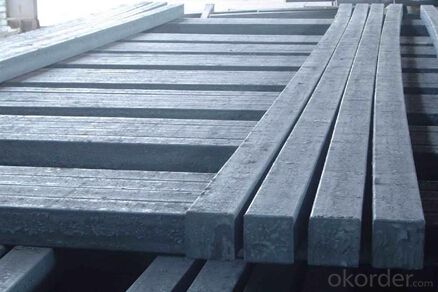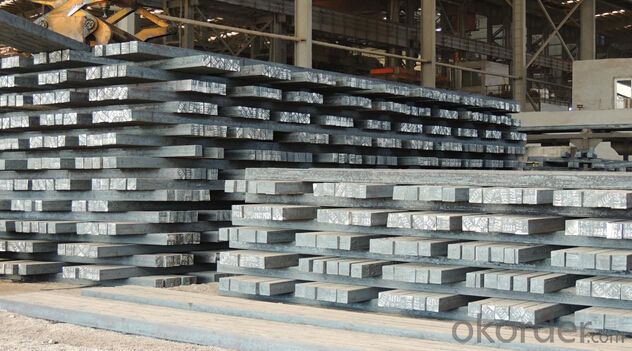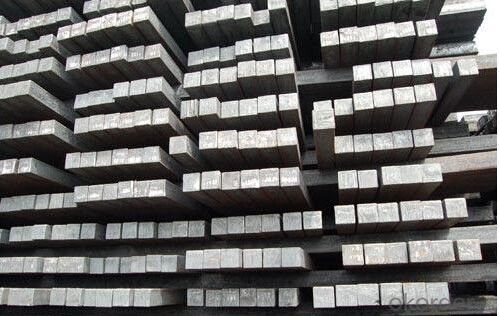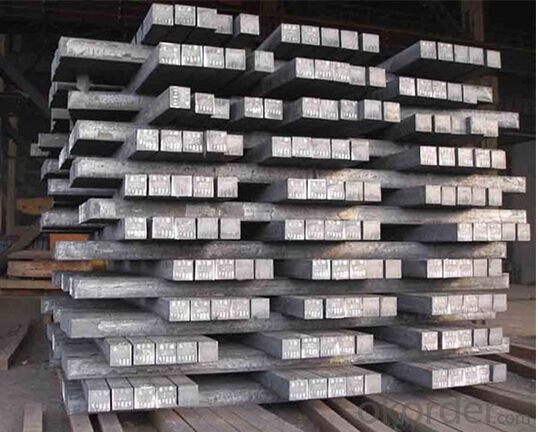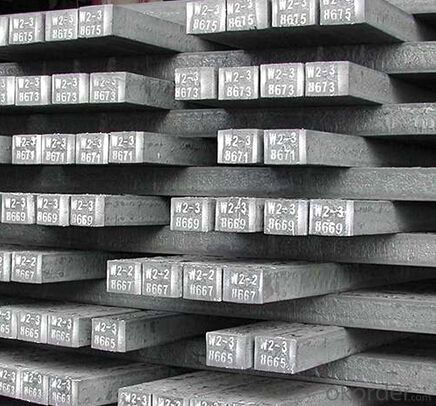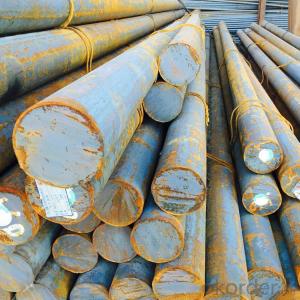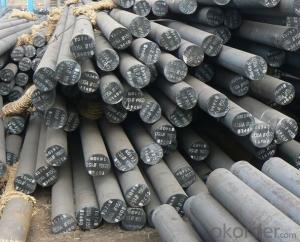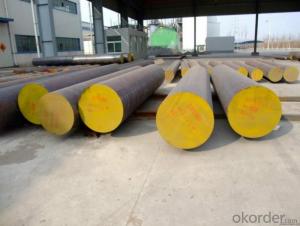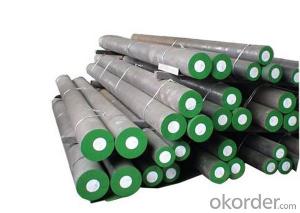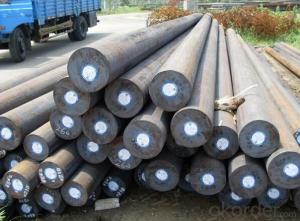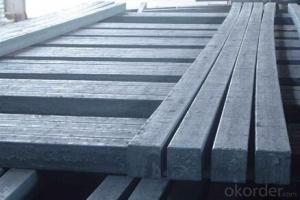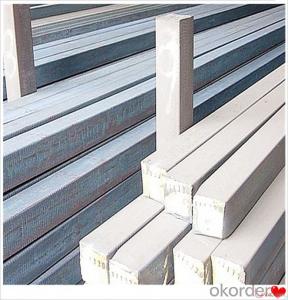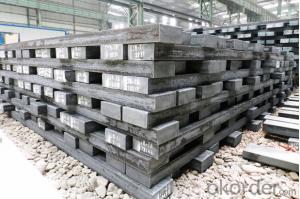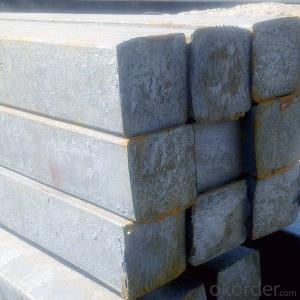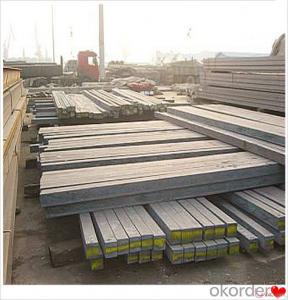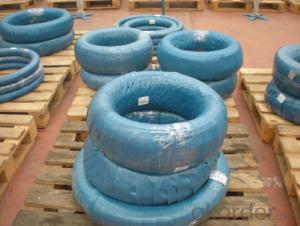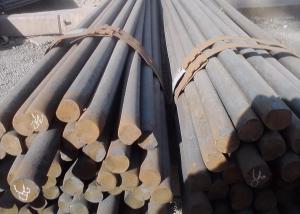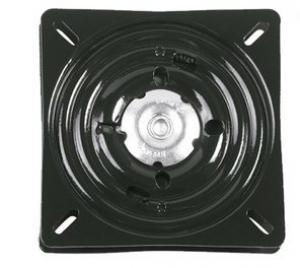Prime Newly 3SP CNBM Steel Billets with High Quality
- Loading Port:
- Shanghai
- Payment Terms:
- TT or LC
- Min Order Qty:
- 5000 m.t.
- Supply Capability:
- 10000 m.t./month
OKorder Service Pledge
OKorder Financial Service
You Might Also Like
Specification
Product Description of Prime Newly 3SP CNBM Steel Billets with High Quality
| GRADE | SIZE | APPLICATION |
| 3SP | 100mm*100mm*6m | REBAR |
| 120mm*120mm*6m | ||
| 130mm*130mm*6m/12m | ||
| 150mm*150mm*6m/12m |
Chemical Compositon of Prime Newly 3SP CNBM Steel Billets with High Quality
| 3SP | C (%) | Si (%) | Mn (%) | P(%) | S(%) |
| 0.14-0.22 | 0.15-0.30 | 0.40-0.65 | 0.040% Max | 0.05Max |
Company Information for Prime Newly 3SP CNBM Steel Billets with High Quality:
CNBM International Corporation is the most important trading platform of CNBM group.
Whith its advantages, CNBM International are mainly concentrate on Cement, Glass, Iron and Steel, Ceramics industries and devotes herself for supplying high qulity series of refractories as well as technical consultancies and logistics solutions.
Packing & Delivery of Prime Newly 3SP CNBM Steel Billets with High Quality
1. Packaging: seaworthy package or as required
2. Delivery: 35-45 days or based on quantity
Products Show
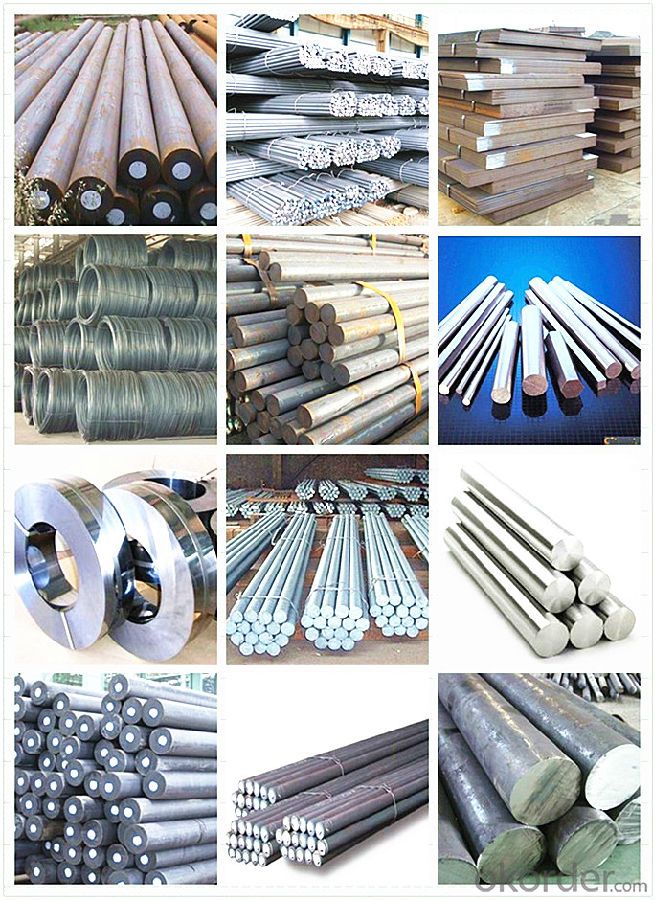
Workshop
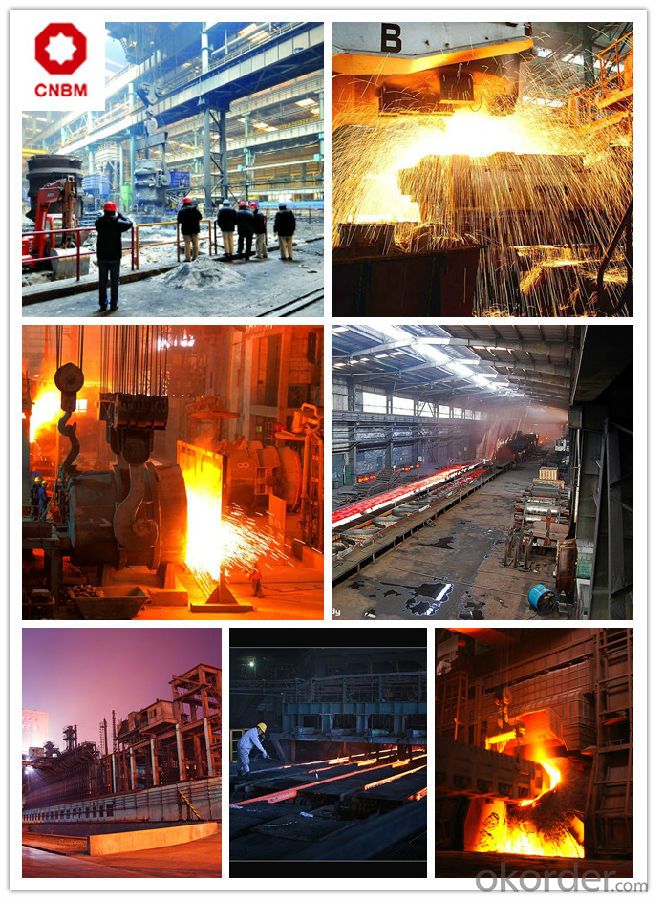
FAQ:
1.Your advantages?
Professional products inquiry, products knowledge train (for agents), smooth goods delivery, excellent
customer solution proposale
2. Test & Certificate?
SGS test is available, customer inspection before shipping is welcome, third party inspection is no problem
3. Factory or Trading Company?
CNBM is a trading company but we have so many protocol factories and CNBM works as a trading department
of these factories. Also CNBM is the holding company of many factories.
4. Payment Terms?
30% TT as deposit and 70% before delivery.
Irrevocable L/C at sight.
5. Trading Terms?
EXW, FOB, CIF, FFR, CNF
6. After-sale Service?
CNBM provides the services and support you need for every step of our cooperation. We're the business
partner you can trust.
For any problem, please kindly contact us at any your convenient time.
We'll reply you in our first priority within 24 hours.
- Q: How does special steel contribute to the automotive suspension spring industry?
- Special steel contributes to the automotive suspension spring industry by providing enhanced strength, durability, and flexibility. This type of steel allows suspension springs to withstand the constant stress and load of vehicle weight, while also providing optimal ride comfort and handling. The high-quality properties of special steel help suspension springs to maintain their shape and performance over time, ensuring a smooth and stable ride for vehicles.
- Q: What are the main applications of special steel in the medical implants?
- Special steel is widely used in medical implants due to its unique properties and high biocompatibility. It is primarily used in applications such as orthopedic implants, cardiovascular devices, dental implants, and surgical instruments. The excellent strength, corrosion resistance, and ability to withstand sterilization processes make special steel ideal for these applications, ensuring long-term durability and patient safety. Additionally, the versatility of special steel allows for the production of complex implant designs, promoting better integration with the patient's body and enhancing overall implant performance.
- Q: How does special steel contribute to the waste management industry?
- Special steel plays a crucial role in the waste management industry by providing durable and corrosion-resistant materials for various applications. It is used in the fabrication of waste containers, compactors, and shredders, ensuring their longevity and ability to withstand harsh environments. Additionally, special steel is utilized in incinerators and waste-to-energy plants, where its high heat resistance helps optimize the combustion process. Overall, special steel contributes to the waste management industry by enhancing the efficiency, durability, and sustainability of its equipment and infrastructure.
- Q: What are the different shapes and forms in which special steel is available?
- Special steel is available in various shapes and forms such as bars, rods, sheets, plates, tubes, pipes, wires, and forgings.
- Q: What are the applications of special steel in the railway industry?
- Special steel has a wide range of applications in the railway industry. It is commonly used in the manufacturing of rails, which need to be durable and able to withstand heavy loads and constant wear and tear. Special steel is also used in the construction of railway bridges and tunnels, as it offers high strength and resistance to corrosion. Additionally, special steel is used in the production of various railway components such as wheels, axles, and couplers, ensuring safety and reliability in train operation.
- Q: What are the main characteristics of electrical steel forgings?
- The main characteristics of electrical steel forgings include high magnetic permeability, low core loss, and high electrical resistivity. These properties make electrical steel forgings ideal for applications in electrical transformers, motors, and generators, where efficient magnetic performance and minimal energy loss are crucial. Additionally, electrical steel forgings are known for their excellent mechanical strength, thermal stability, and resistance to corrosion, making them durable and reliable in demanding environments.
- Q: What are the properties of wear-resistant stainless steel?
- Wear-resistant stainless steel possesses several key properties that make it a highly durable and reliable material. Firstly, it has a high hardness level, which helps it withstand abrasion and wear caused by friction. Secondly, it exhibits excellent corrosion resistance, protecting it from rust and other forms of degradation. Additionally, wear-resistant stainless steel has a high tensile strength, allowing it to withstand heavy loads and impacts without deforming or breaking. Lastly, it maintains its properties at elevated temperatures, making it suitable for use in high-temperature environments. Overall, these properties make wear-resistant stainless steel an ideal choice for applications that require strength, durability, and resistance to wear and corrosion.
- Q: How does special steel contribute to the thermal conductivity of products?
- Special steel contributes to the thermal conductivity of products by having a higher thermal conductivity compared to other materials. This means that when special steel is used in the production of products, it allows for efficient transfer of heat, resulting in better heat distribution and dissipation.
- Q: What is the role of alloying elements in special steel?
- The role of alloying elements in special steel is to enhance its properties, such as strength, hardness, corrosion resistance, and heat resistance. These elements are added to the steel during the manufacturing process to create alloys with specific characteristics required for various applications. Alloying elements can alter the microstructure of the steel, improving its performance and making it suitable for specialized uses in industries like aerospace, automotive, construction, and oil and gas.
- Q: How does special steel contribute to improving product functionality?
- Special steel contributes to improving product functionality in several ways. Firstly, special steel offers enhanced strength and durability, allowing products to withstand higher loads and perform under extreme conditions. It also provides superior resistance to corrosion, which extends the lifespan of products and reduces maintenance costs. Additionally, special steel can be tailored to specific applications, such as high-temperature environments or magnetic properties, further enhancing product functionality. Overall, the use of special steel results in more reliable and efficient products, ultimately benefiting consumers and industries alike.
Send your message to us
Prime Newly 3SP CNBM Steel Billets with High Quality
- Loading Port:
- Shanghai
- Payment Terms:
- TT or LC
- Min Order Qty:
- 5000 m.t.
- Supply Capability:
- 10000 m.t./month
OKorder Service Pledge
OKorder Financial Service
Similar products
Hot products
Hot Searches
Related keywords






